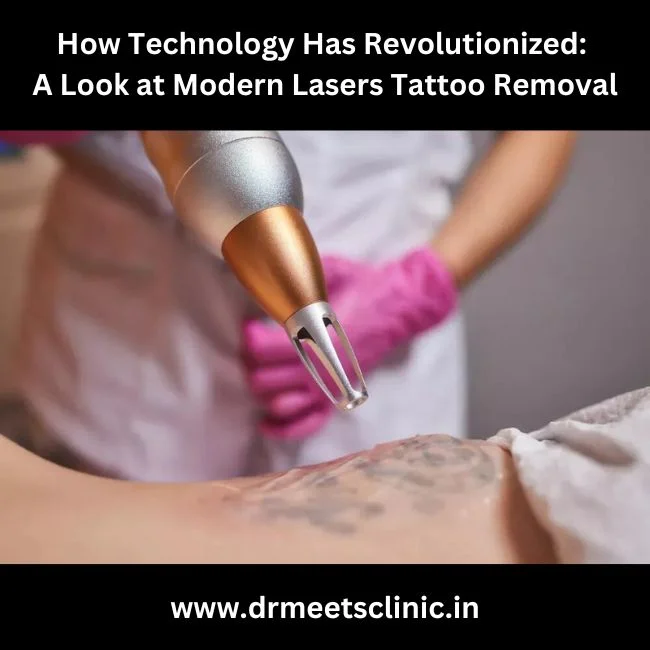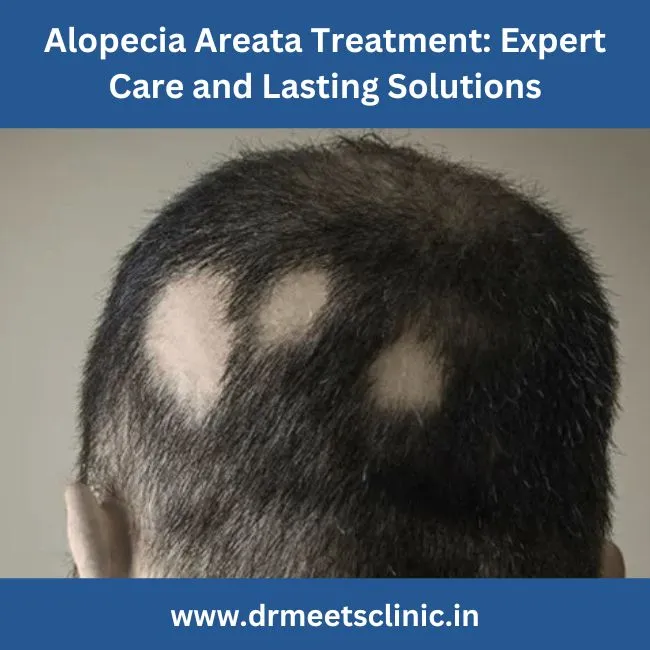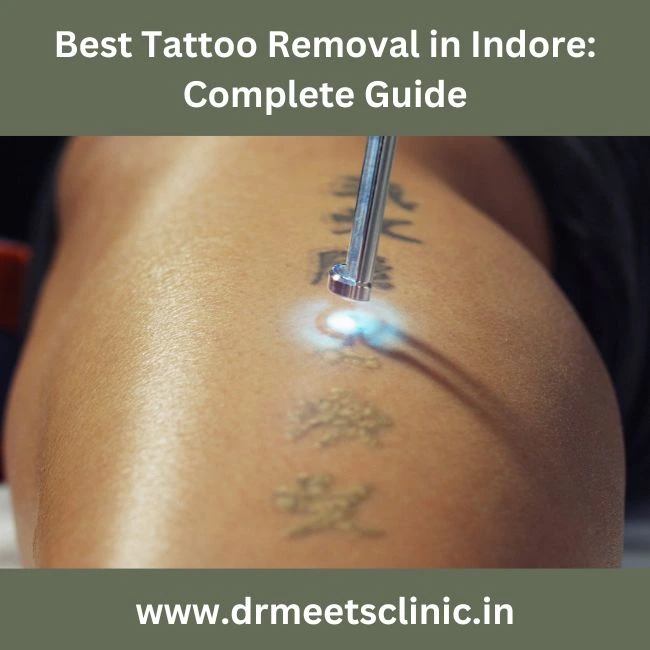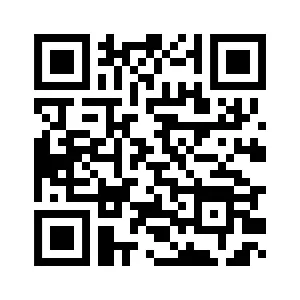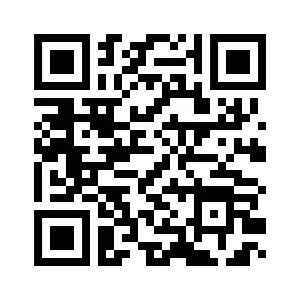Tattoos are today more popular than ever and offer a way to express a personality, culture or memories. But as tattoos grew in popularity, it also has a demand for laser tattoo removal. Whether it is a change in style, profession or personal circumstances, many people are now looking for a safe and effective solution to erase unwanted ink.
Thanks to the progress of laser technology, the removal of tattoo lasers has evolved from a painful and inconsistent process for highly effective skin friendly treatment. In this blog, deep immerses in how modern technology revolutionized tattoo removal, different types of lasers used and what you can expect from treatment.
Development of tattoo removal: short history
Before modern lasers, the removal of tattoos was a difficult and often harmful process. Methods such as dermabraze, sabraze or surgical excision included the removal of the upper layers of the skin – dependent on scarring, infection and poor results.
In fact, the industry altered until the invention of lasers with a Q switch at the age of 90. These lasers offered a way to break ink pigments using controlled light energy pulses without destroying the surrounding skin tissue. Rapid move forward to this day and the introduction of Picosecond laser technology technology has increased the removal of tattoos more efficient, safer and faster than ever.
What is the removal of tattoo lasers?
Tattoo laser removal is a non-invasive procedure that breaks the pigment in tattoo ink using intense light beams. The laser focuses on the ink particles under the skin and breaks them into small fragments that naturally rinse the immune system of the body over time.
Unlike older methods, modern lasers focus on accuracy, minimize the surrounding skin damage and at the same time effectively fading tattoos at each session.
Modern Laser Technology used today
Innovation in laser technology has introduced several new types of machines designed specifically to remove tattoos. Here are the most common:
1. Q switched by lasers
These lasers are still widely used and emitted by short, strong explosions of light that target the tattoo pigment. The energy breaks the ink into small particles, which are eventually absorbed and removed by the body. Variants, such as Q-plated ND: YAG, are particularly effective on darker inks and deeper tattoos.
2. Picosecond Lasers (Picosure, Picoway)
The latest breakthrough in the removal of lasers tattoo, picosecond lasers add ultra -short energy outbursts in a second. This not only increases the speed at which the ink particles decompose, but also reduce the number of sessions.
Advantages:
Faster results
Effective on stubborn colors (like green and blue)
Less pain and skin damage
3. Ruby Lasers
Most suitable for lighter skin tones and ideal for removing green and blue ink pigments, ruby lasers work well, but may not be suitable for darker skin due to higher risk of hypopigmentation.
Advantages of removing modern lasers
Transformation in laser technology has significantly improved the experience of removing tattoos. Thus:
More efficient results
Newer lasers break down the ink more thoroughly and even more, so that even older, multicolored tattoos are easier to remove.
Minimal skin damage
Modern machines are finer on the skin, which significantly reduces the risks of blisters, scarring or pigmentation.
Less sessions are needed
Advanced lasers, such as Picosecond technology, often require fewer sessions compared to older models – disruption of time, money and discomfort.
Better for all skin types
Previous lasers were less effective on darker skin, but today’s technology is more inclusive, with customizable settings for different tones of skin and ink depth.
Tattoo removal process: What can be expected
Consultation: The specialist evaluates the size, location, color and depth of tattoo and recommends the treatment plan.
Pre -treatment care: Patients are recommended to avoid sunlight and certain medicines before the procedure.
During the procedure: you will feel feelings similar to the rubber band against the skin. Local anesthetic cream is often used to relieve discomfort.
Care of treatment: After each meeting, redness, swelling and small blisters are common. Proper aftercare is necessary to prevent infection and healing.
Factors that affect the success of removal of tattoos
Although the lasers tattoo removal is highly advanced, several factors determine how quickly and efficiently the tattoo can be removed:
Tattoo age: Older tattoos generally disappear faster than fresh.
Ink color: Black ink is best answered; Red, yellow and green inks may require specialized lasers.
Location on the body: areas with better blood circulation (such as chest or arm) are treated faster than areas such as lower legs or legs.
Skin type: Darker skin may require additional care due to pigmentation risks.
Tattoo depth: Tattooing professionally done is deeper and removal can take longer than amateur.
Common myths about laser tattoo removal – busted!
It’s a moment
True: Complete removal often takes 6-10 sessions apart from each other.
leaving bad scars
Truth: With modern lasers and the right consequence, the scarring is rare.
All tattoos can be fully removed
True: Some tattoos may leave a weak shadow or slight color depending on ink and skin type.
Cost to remove laser tattoos: Is it worth it?
The cost of removing laser tattoo may vary depending on factors such as tattoo size, color complexity, number of sessions and clinic location.
Many clinics also offer packages or financing options to make the treatment more accessible.
Conclusion: There is no doubt about the future of tattoo removal.
The days of undergoing painful, scarring tattoo removal operations are over. Thanks to modern technology, the laser tattoo removal has become safer, faster and more efficient than ever. With the introduction







